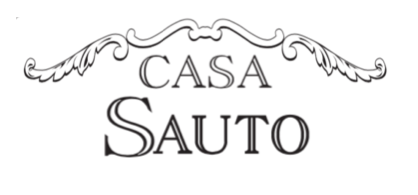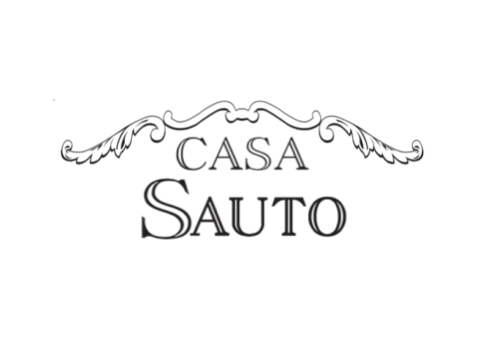HISTORY
TACUBA STREET
The street that we know today as “Tacuba” runs over what was the ancient Tlalcopan causeway, which used to join the western part of the Great Tenochtitlán with solid ground, in this case the manor of Tlacopan, which is known today as Tacuba. Tacuba joined Tenochtitlán and Texcoco to form the triple alliance. Through this route, Hernán Cortés and his troops were expelled, and it was in Tacuba where Cortés cried under a tree on the “Sad Night.”
1521-1810
THE COLONY

The building construction was competed in 1598 utilizing stones from the pyramids and Spanish construction techniques from that period. They believe that it was part of the St. Dominic Dominican Monastery and surely home to the first Spanish colonists to New Spain; later it was converted into a print shop.
1790-1817
PRINTSHOP
In 1790, the home is converted into a print shop belonging to the Fernandez Jauregui Family, who are witnesses and leaders in the printing culture. From 1790-1796, the home belonged to Joseph Fernandez de Jauregui, then until 1800 it belonged to José Fernandez de Jauregui and then later to María Fernandez de Jauregui until 1817.
1790-1796 JOSEPH FERNANDEZ DE JAUREGUI
1796-1800 JOSE FERNANDEZ DE JAUREGUI
1800-1817 MARIA FERNANDEZ DE JAUREGUI

1794-1817
BIBLIOGRAPHER
There are records that José Mariano Beristain y Martín Souza used to live in this home. He was a priest, doctor in theology, speaker, poet and writer. But, above all, he was a great bibliographer. Beristain died in this home on March 23, 1817.

1817-1834
-ALEJANDRO VALDES-
By 1817, Alejandro Valdés, a viceregal book printer on the side of the Mexican Republican Party, retains María F. Jauregui’s print shop and converts it to the Imperial print shop used during Agustín de Iturbide’s Mexican empire. Among the works printed on this site were the Plan de Iguala and the treaties of Córdoba thus contributing to the Mexican Independence from the Spanish Crown.
«PLAN DE IGUAL»
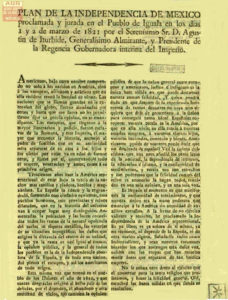
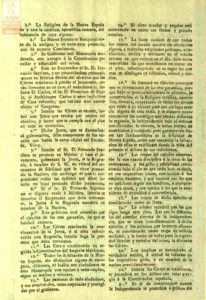
«TRATADOS DE CORDOBA»

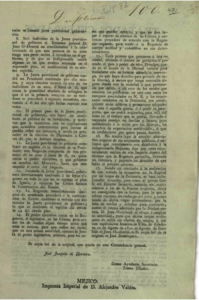
1834-1854
-LUIS ABADIANO Y VALDES-
In 1834, Luis Abadiano y Valdés (Alejandro Valdes’s nephew) keeps the printing shop and achieves a nineteenth century approach to the world of typography.
1854-1872
-FRANCISCO ABADIANO-
In the second Curious calendar of Rare Secrets of Arts and Crafts variety and advertisements for the Bisiesto year of 1872 reads: «Bookshop of Francisco Abadiano. The oldest bookstore in Mexico established in the 18th century, has moved to the street of the Escalerillas 17, where it hopes to follow the public giving it the trust that has earned it so far.
1872-1907
-SAUTO ASTIZ Y CIA-
By the mid nineteenth century, Mr. Saturnino Sauto arrives in Mexico from Spain and he acquired the corner of Tacuba and Santo Domingo where he opened a grocery story and a tobacco warehouse; he decides to name it Casa Sauto.
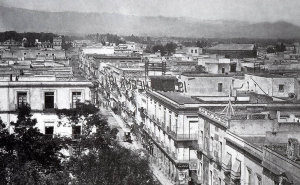
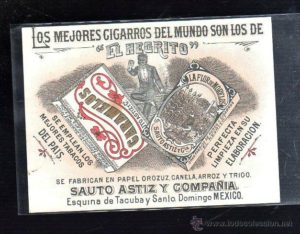
1909-2010
«LA PRINCESA»
During the beginning of the twentieth century, the Cacho Family rents the corner from the Sauto family to open a jewelry and watchmaking shop; due to the success of the jewelry business, Galvez buys the entire building from Sauto’s heirs. In 1921, a complete renovation is done, a third floor is added and an elevator is installed.



